Guest Post: A West Virginia View of the Potomac
/Angie Rosser, Executive Director of the West Virginia Rivers Coalition
Post written by Rosser and staff wvrivers.org
For many people, the Potomac River means the wide, deep expanses of the tidewater or the dramatic vistas overlooking Great Falls.
For West Virginians, Potomac means mountains: the headwaters of the North Branch, where a toddler can straddle the river dividing Maryland and West Virginia; the famed Smoke Hole of the South Branch, where lucky anglers cast lines beneath canyon walls; and Harpers Ferry, where the Mountain State and Blue Ridge give way to the Piedmont.
It also means challenges — from the legacies of acid mine drainage on the North Branch to the perils of industrial agriculture in the South Branch valley.
Over 20 percent of the Potomac’s land area lies within West Virginia — roughly the same as Maryland’s Potomac drainage.
For over 25 years West Virginia Rivers Coalition (WV Rivers) has been the statewide voice for clean water. As the only statewide water policy organization, WV Rivers works in our state and nation’s capitals — and in the courts — for stronger water protection policies and enforcement. We do this for famed rivers, like the Gauley and New, and for lesser known waters like the Opequon in the Potomac Watershed.
When a 2014 chemical leak deprived 1 in 5 West Virginians of safe water, we founded the WV Safe Water Roundtable, a diverse alliance of people who had never before spoken up on an environmental issue.
We drove legislation requiring source-water protection plans for public water supplies. WV Rivers is working to facilitate public participation for the 22 new plans in the Potomac watershed. These plans will move us forward in managing a wide range of contamination threats in the watershed.
Over 20 percent of the Potomac’s land area lies within West Virginia — roughly the same as Maryland’s Potomac drainage.
We partner with Trout Unlimited to train, equip, and support over 100 stream monitoring volunteers to collect baseline water quality data and detect pollution events.
Now we’re expanding monitoring into the Potomac headwaters in advance of proposed natural gas transmission pipelines from West Virginia’s gas fields to the east.
This summer we’re piloting a youth program on two Potomac tributaries: Warm Springs Run and the Cacapon River.
We’re working with teens to create a video news service to document those two watersheds. The goal is to build youth leadership supporting watershed groups.
We also work with great partners like Potomac Conservancy. In West Virginia, the Conservancy protects the Potomac’s waters by focusing on land conservation and landowner outreach, while we focus on policy and regulatory enforcement.
In May 2015, Potomac Conservancy bought White Horse Mountain in Hampshire County, WV, saving 1,700 forested acres from development. It’s a success we all celebrate. We work together on Capitol Hill through the Choose Clean Water Coalition, an alliance of Bay state partners working to restore the Bay’s tributaries. WV Rivers serves as the state lead for Choose Clean Water.
We work with watershed groups and community leaders to get them engaged on legislation and policies that impact the Potomac River and Chesapeake Bay. We collaborate to make sure federal funding for stream restoration gets to West Virginia and other Bay states.
West Virginia Rivers Coalition and Potomac Conservancy are part of a tapestry of partnerships working together to protect and restore the Potomac and its tributaries — like the Shenandoah and Cacapon rivers.
We also share a founding member, Mac Thornton, who along with paddlers, anglers, and other folks concerned with the degradation of the Mountain State’s streams formed the West Virginia Rivers Coalition in 1989.
The West Virginia Rivers Coalition (WVRC), wvrivers.org, was founded by paddlers and whitewater enthusiasts who care deeply about restoring and caring for the Mountain State's renowned free-flowing waters and scenic beauty. Today, the WVRC is the statewide voice for water-based recreation and clean, drinkable, swimmable, and fishable rivers and streams — from the headwaters to wherever water flows in West Virginia.











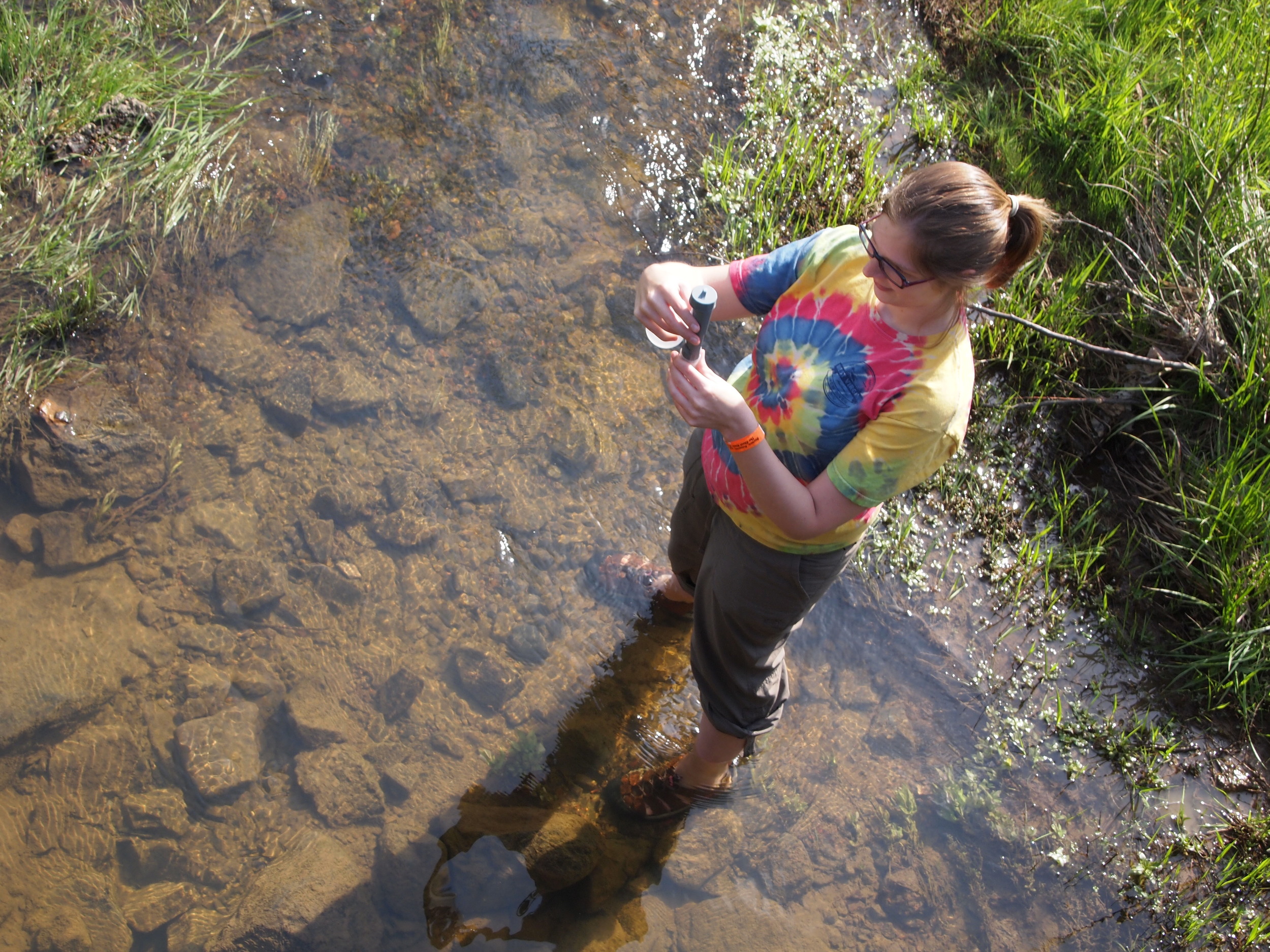

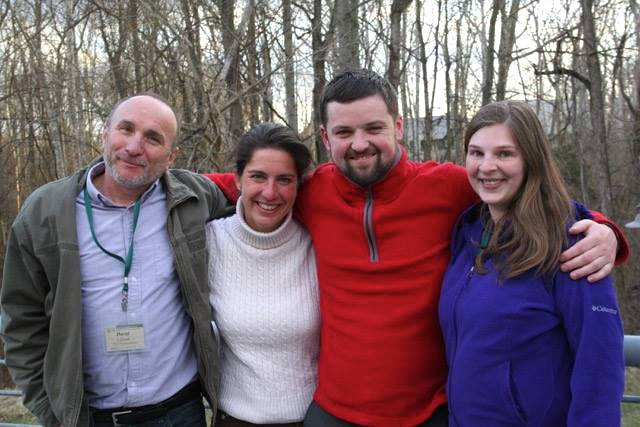

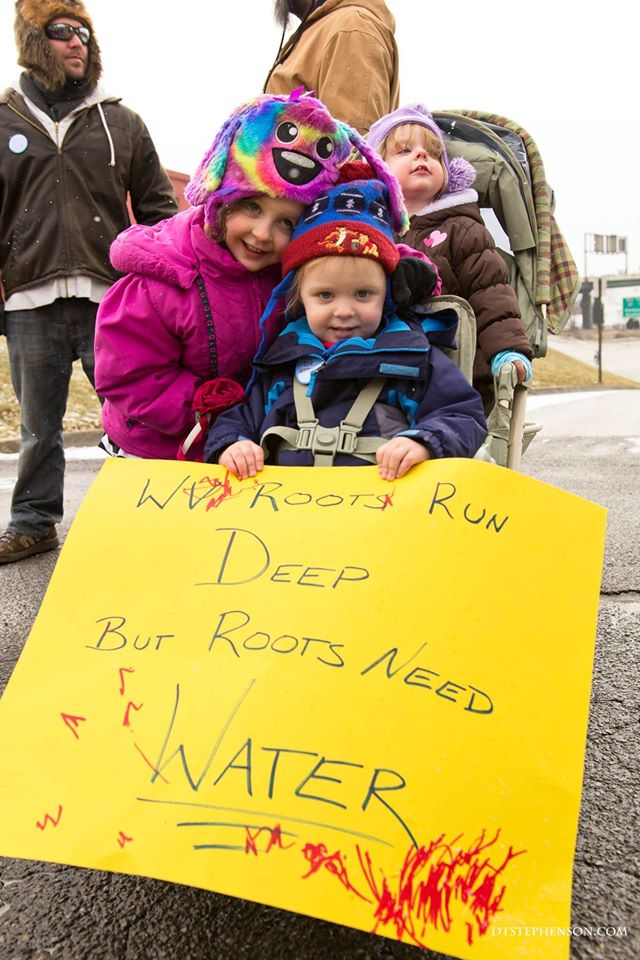
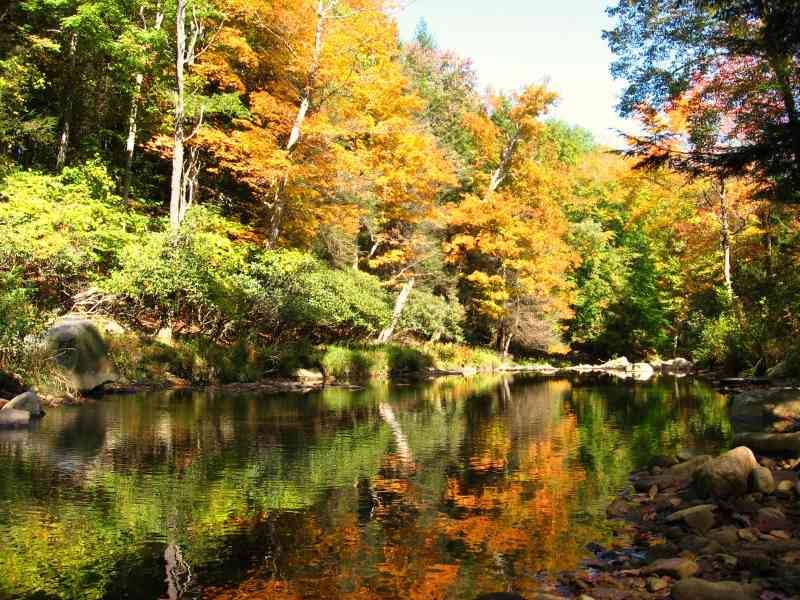
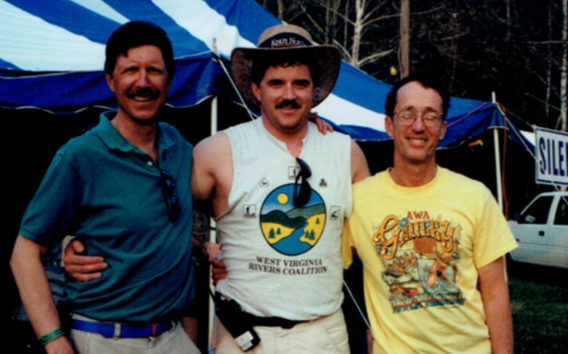


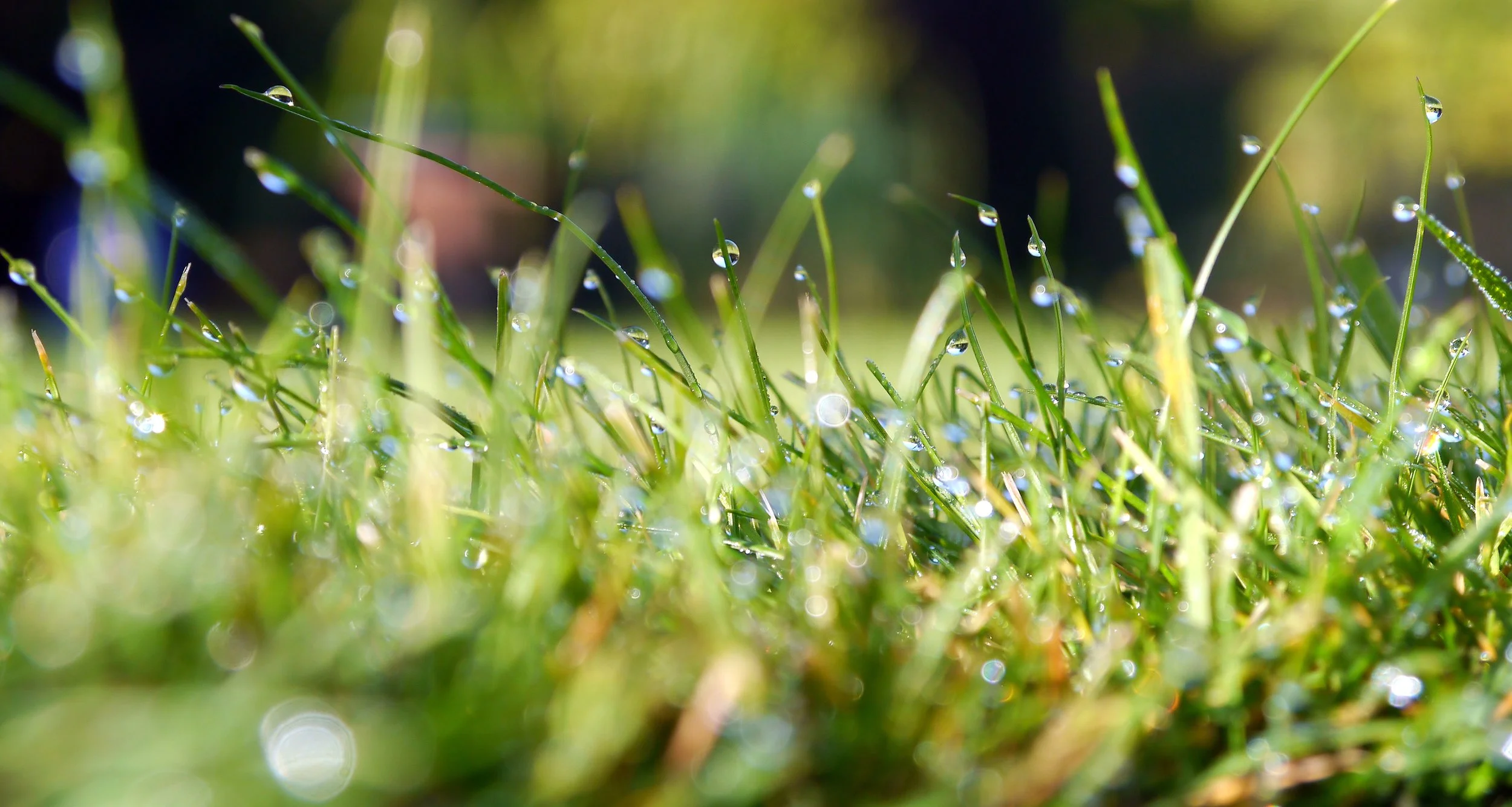





Aquil Abdullah is a trailblazer in American rowing, he was the third African American to represent the United States at the Olympics in the sport of rowing and is motivated now to protect the river that has provided him so much. Learn how the Potomac River has been at the center of his Olympic story.